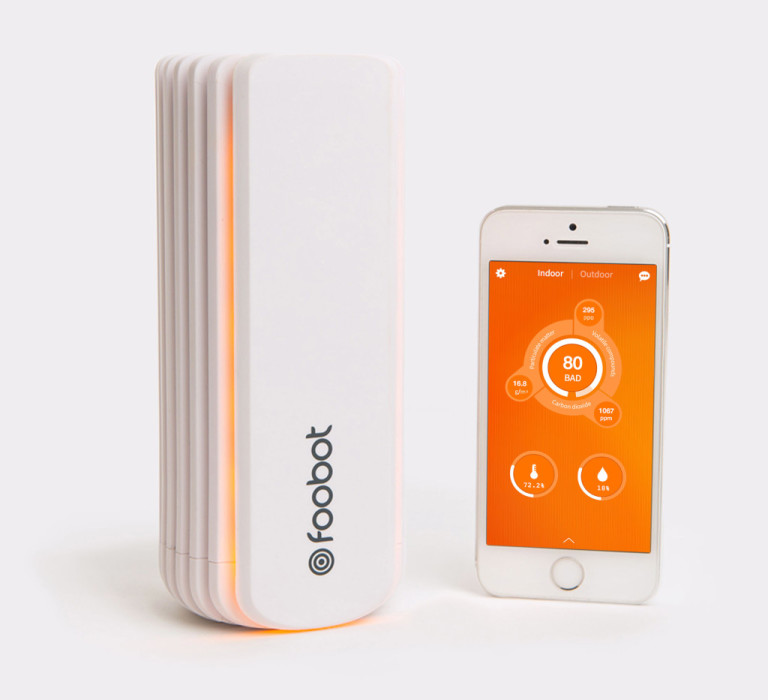
It’s IoT Week at SitePoint! All week we’re publishing articles focused on the intersection of the internet and the physical world, so keep checking the IoT tag for the latest updates.
A term describing the interconnectivity of multiple physical devices via the World Wide Web, the Internet Of Things (IoT) is often thrown around as a buzzword or hyped as a flashy trend.
But as of 2016, the importance of the IoT can no longer be ignored. The same technology that can be used to flush a toilet every time a toaster turns on can also be used for things like improving prenatal health care, preventing sports-related injuries, and enhancing our indoor air quality.
The following IoT products go beyond financial success by proving just how integral the IoT is becoming to our health and wellness.
1. BabyBe
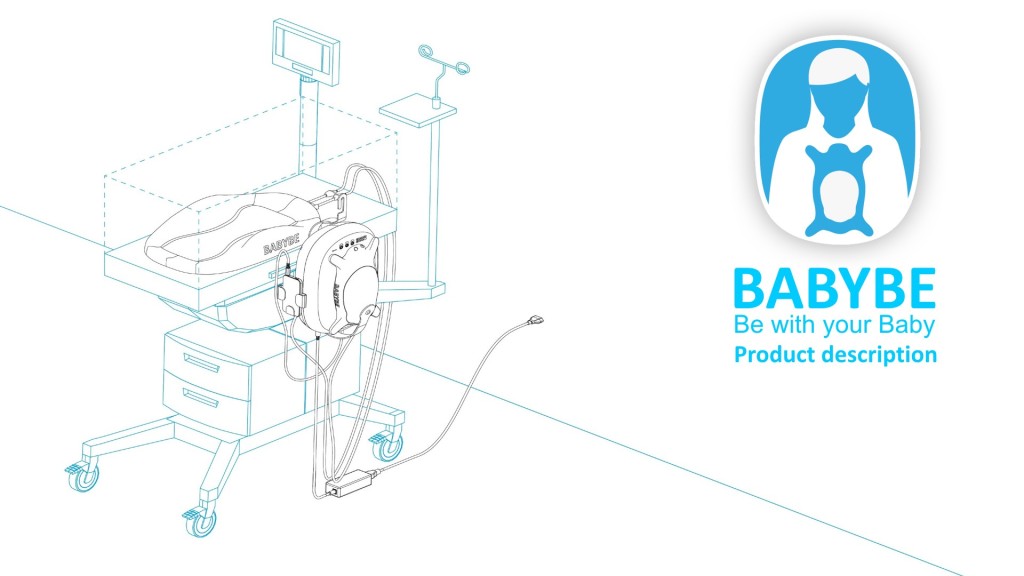
When babies are born prematurely, they are often taken to a neonatal intensive care unit and put into an incubator. This reduces the risk of infection and helps maintain hydration. It’s essential for the baby’s survival, but there is a cost: The mother is unable to physically interact with her child.
The company BabyBe Medical believes there’s a better way. Using Intel’s Edison developer board, the BabyBe helps connect premature babies with their mothers by replicating the movement of the mother’s heartbeat and lungs for the baby.
The BabyBe is made up of three parts. The baby lies atop the Bionic Mattress, a pad comprised of air bladders and heating elements, and the mother holds the Turtle, a devices that mimics the feel of a baby’s body, against her chest. The Cradle, which sits beside the incubator, translates data from the Turtle into pneumatic actions for the Mattress.
Allowing premature babies to experience their mother’s movement and touch can expedite healing and development time, which means less time in the hospital, fewer hospital bills, and a more fulfilling mother-child bond.
2. Shockbox

While America’s Funniest Home Videos showed us just how much we all love watching children hurt themselves, sports-related concussions are a serious issue, and according to the National Athletic Trainer’s Association, sport-related concussions account for 58 percent of all emergency department visits in children aged 8 to 13. But in an IoT world, not even Bob Saget can get in the way of safety.
In 2011, a man named Scott Clark watched his 10-year-old son take a nasty hit during a hockey game. After wondering whether or not his son had a concussion, he decided to do something about solving that particular guessing game. So he co-founded Shockbox, a device that attaches to a player’s helmet and uses sensor technology and Bluetooth to measure head impacts. If the Shockbox records a hit hard enough to result in a potential concussion, it notifies coaches via their smartphones. It also tracks the time, date, hit direction, and force estimate of each impact, making it much easier for coaches to decide if and when to pull a player from the game.
In 2015, Shockbox was acquired by i1 Biometrics, a company dedicated to reducing sports injuries. With this additional backing, hopefully the Shockbox and other products like it will become the standard for collision sports.
3. Foobot
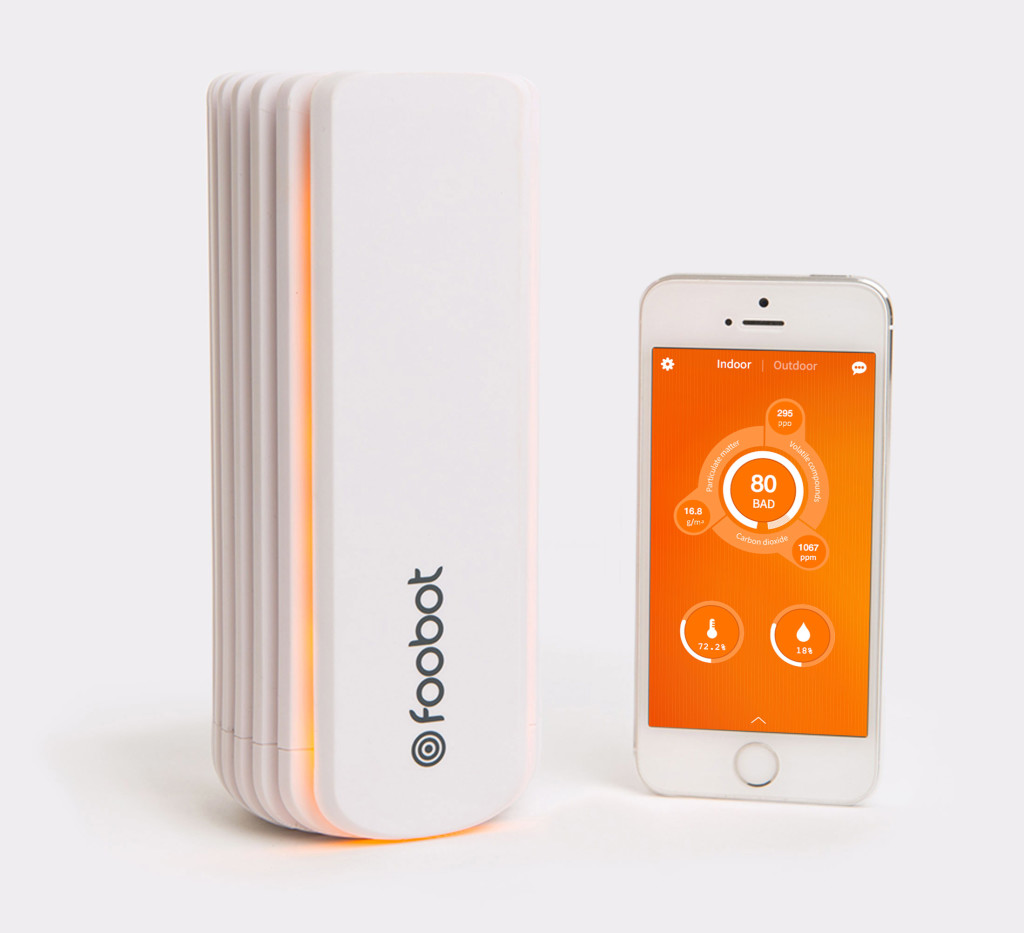
No, Foobot isn’t a Dave Grohl robot clone, although one can dream. It’s actually the first air monitoring system that both monitors and improves indoor air quality. Give me the best indeed.
Created by the European company Airboxlab, the Foobot is equipped with internal sensors that measure the levels of volatile organic compounds, carbon dioxide, carbon monoxide, and particulate matter in a user’s home. When levels reach a critical threshold, Foobot sends the data right to your smartphone, and by integrating with products like Amazon’s Echo, Alphabet’s Nest, and If This Then That (IFTTT), Foobot can turn your home into a smart home by adjusting air purifiers, filters, and other connected devices.
Launched in 2015, Foobot quickly won over consumers by achieving a 90 percent retention rate after three months. This may be due to the fact that Foobot is the most intelligent air monitoring system available, and anyone concerned about their air quality, their daily health, or allergies should consider letting a Foobot into their home.
4. Angee
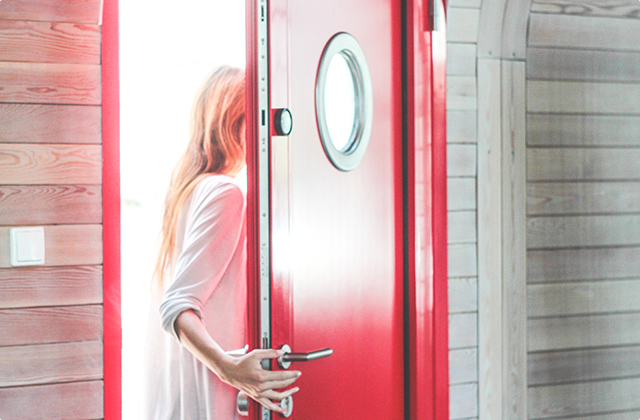
While the future of home security is obviously personalized legions of cybernetic warrior units patrolling the front yards of our modular mansions, in the meantime, the autonomous security system Angee is a good placeholder.
The team behind Angee raised more than twice their Kickstarter goal to build this voice-controlled system, which leverages geofencing, motion sensing, and facial recognition technology to keep you safe. By taking full advantage of these IoT technologies, Angee can track unknown individuals and arm itself according to a variety of prompts. It can alert users if, for example, the camera detects motion when nobody it recognizes is home. It can also inform you when certain friends or family have arrived or left. And if you’re feeling just a smidge less sinister, Angee can use the web to access your calendar and remind you of important events.
In essence, Angee is Smart House without the god complex. It’s your own IoT guard dog that actively works to keep you and your home safe. Pretty nifty for a misspelled Stones’ song.
5. Juvo
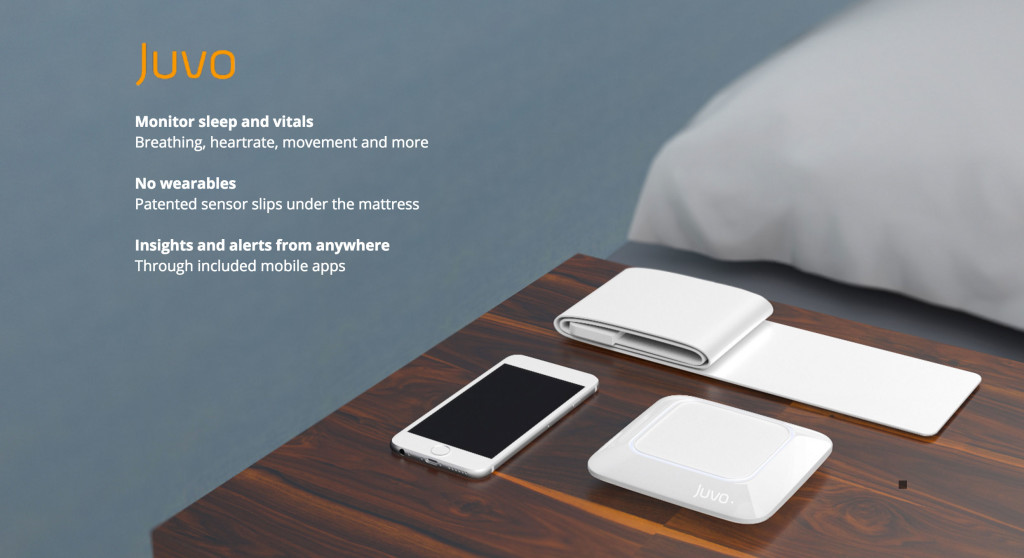
Sleep trackers are nothing new, but Juvo doesn’t just track sleep, it deputizes your entire bedroom to serve as a sleep aid.
Following a successful Indiegogo campaign, Juvo has now been on the market for a few months, and has been a boon to sleep-troubled consumers everywhere.
Here’s how it works. The Juvo sensor mat slips under your mattress and tracks your vitals and sleep patterns in real time. Meanwhile, the WiFi-connected bedside unit receives this data and translates it into actions that can be taken by your bedroom. Yeah, that’s right. Juvo can integrate with your home to do things like adjust the lighting and modify the temperature depending on your sleep needs.
And by tracking and analyzing your REM and Deep Sleep, it can provide you with insight and advice to get a better night’s rest. Now if only it could keep your pillow permanently cold.
Have you been particularly impressed by any Internet of Things products coming into the market? Let us know about them in the comments below.
 Joshua Kraus
Joshua KrausJosh Kraus is a Chicago-born, Denver-based writer and mediocre autobiographist with an interest in art, entrepreneurship, and emerging industries. When he's not writing, he attends to his t-shirt business, Bird Fur. Find him at joshkra.us and birdfurtees.com.
